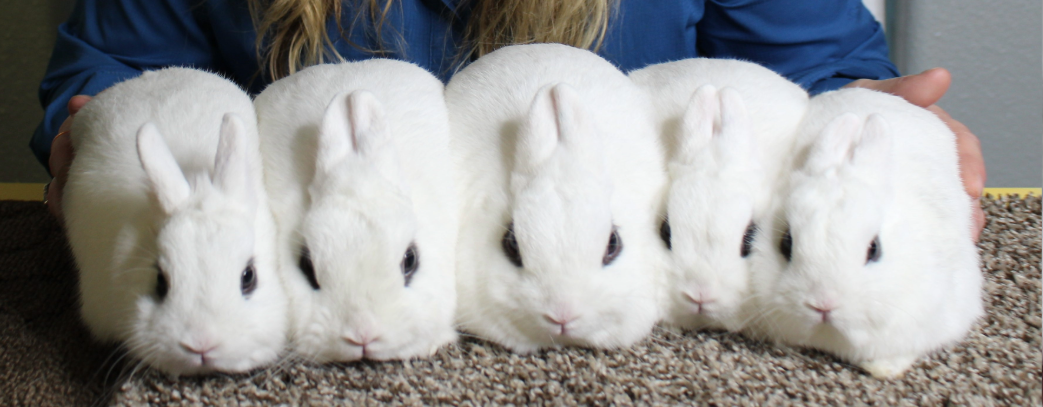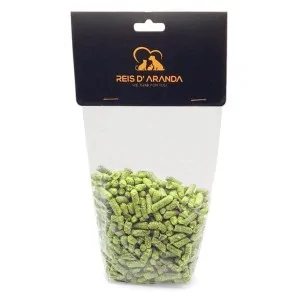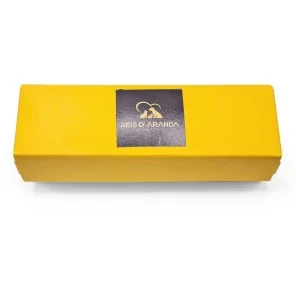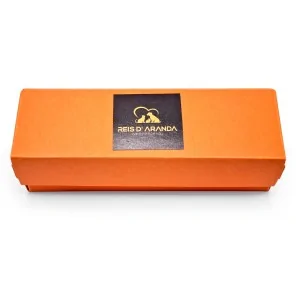The Tornjak originated from genetically homogeneous, almost extinct, indigenous shepherd dogs. These dogs have...
THE GENE FOR DWARFISM IN RABBITS
WHAT IS THE DWARFISM GENE?
Dwarf rabbits are not only named this way because of their small size, but because they carry a mutated gene called the "Dwarf Gene" (which translates as "dwarfism gene" or "DG"). This gene affects the pituitary gland, which is responsible for producing the growth hormone (GH), and because there is a deficit in the production of this hormone, the physical characteristics of the carrier animal are quite different from those of an animal that is neither a carrier nor affected by it, such as: smaller size, shorter ears, more rounded bones...
This gene is widely accepted and highly desirable, being present in almost all breeds of dwarf and mongrel rabbits catalogued within this group, with the exception of two breeds whose physical structure has remained small in size without the need for the gene. These breeds, which do not carry the dwarf gene but are dwarf, are the Mini Rex and the Dwarf Lop (Dwarf Belier). The "false" dwarf rabbits have not inherited this (unduplicated) copy of the dwarfism gene, so they are much larger, with longer ears and a much sharper face, they still belong to the breed they are, but they do not carry that particular gene.
The allele of the dwarfism gene is known as "du", and all rabbits carry two of these alleles in their genome:
- Du -> DuDu -> Non-dwarf rabbit ("false").
- du -> Dudu -> Dwarf rabbit ("true")
Within the same litter, we can find several types of gazapos: carriers, non-carriers, affected by duplicate...
It all depends on what their parents carry:
- Two "false" dwarf rabbits whose alleles are DuDu will have all false dwarf offspring (not carriers in any case).
- One "false" and one "true" (Dudu) dwarf rabbit will have 50% false offspring and 50% true dwarf offspring.
- Two true dwarf rabbits (Dudu) can only have "true" (true dwarf) and "peanuts" ("double dwarf") offspring.
WHICH RABBIT BREEDS BELONG TO THE DWARF RABBITS?
Within the dwarf rabbit breeds we can find many different types of rabbits, some of them with very different aspects. These dwarf breeds are the following:
- Netherland Dwarf
Mini Lop - Dwarf Lop (Not carrying the gene for dwarfism)
- Mini Rex (Not carrying the dwarf gene)
- Teddy Lop (Belier Teddy)
- Teddy Dwerg
- Angora Dwerg (Dwarf Angora)
- Mini Cashmere Lop
- Lion Lop
- Lionhead
- Polish
- Mini Plush Lop
- Jersey Wooly
- American Fuzzy Lop
- Dwarf Hotot

(Dwarf Hotot breed rabbits)
MALFORMATIONS LINKED TO THE DWARFISM GENE
As we have said, when the gene inherits one copy of the dwarfism gene from the parents Du + du) we have a "true" dwarf rabbit, but what happens when the dwarf inherits two copies of this gene?
When a dwarf rabbit inherits two copies of the dwarfism gene from the parents, we have a "dudu" dwarf and therefore a completely non-viable dwarf. The gene for dwarfism is harmless, but if the dwarf inherits this gene in duplicate, it becomes lethal.
According to the physical characteristics or consequences of this duplicity, we can find the following dwarfs:
PEANUTS: Also called "peanuts", these gazapos are born dead or die in the first two days of life in a peaceful way. They are much lighter and smaller than their siblings, their hips are underdeveloped, their ears are extremely small, their heads are domed and their hind legs may cross as they move around the nest. It is the most common type of malformation of all.
FADERS: It is not very clear where this type of malformation comes from, but it is based on the fact that it is a different type of peanut. Faders are usually the smallest, cutest and most perfect of the litter, they grow completely normally until the transition to solid food begins and it is at this point that the problems start. In the case of "Faders" the malformation is centred in the digestive system, preventing them from absorbing the nutrients from solid food, so it does not matter how much they eat, as they will not be adequately nourished and the gazapo ends up dying of starvation.
The vast majority of ethical breeders, even though they know that the gazapo will not make it, are dedicated to feeding them by syringe, mash for convalescent animals, aromatic plants to increase their defences and whet their appetite.... This may take a few days or several weeks, but at least the animal ends up dying from cardiac arrest and not from starvation itself, as they are force-fed until the last moment.
A curious fact about the "Fader" is that its anus and faeces smell of fruit compote (sweet) due to improper digestion of the food.
HIPPO: "Hippos" take their name from the great physical resemblance they bear to hippopotamuses: stubby, with tiny legs, huge heads and no tail. It is rare for a "Hippo" to be born alive.
MAX FACTOR: Not to be confused with the cosmetics brand. The "Max Factor" is not common in many breeds, but can be found in those with Netherland Dwarf blood (the first carrier being a Netherland Dwarf rabbit living in the USA named "Max"). Max Factor" rabbits are characterised by being born with their eyes open (blind) and their legs deformed (frog legs); it is extremely rare for them to survive and even rarer for them to survive to adulthood, but if they do, they are animals with many mobility problems, with recurrent eye infections and other health problems, so if they are not stillborn it is best to opt for humane slaughter.
MY RABBIT IS A "DWARF" BREED, DOES THAT EXIST?
No. There is no breed called "Dwarf" as such, for it to be a dwarf rabbit it must belong to one of the above mentioned breeds and its origin can be certified (pedigree issued by a national or international club), otherwise we will have a mongrel rabbit which can never be classified as a "dwarf" if we do not cross it beforehand and it gives us "peanuts".
CONCLUSION
The gene for dwarfism is fascinating and has allowed us to have at our disposal today a great variety of beautiful types of rabbits ideal for life in the city. It is true that their inheritance in duplicate can lead to certain problems which must be taken into consideration before breeding any breed of dwarf rabbit; for this reason, it is best to leave selective rabbit breeding to the professionals and, if we want to get started, it is best to do so with the help of someone more experienced who can teach us.
Leave a comment
Log in to post comments
Comments
No conocía esto
By: Raquel On 05/05/2024No sabía que los conejos enanos lo eran por un gen y que este podía dar problemas, supongo que ahí entra la ética de cada uno pero me alegra saber que no les suele hacer sufrir...
It has helped me a lot
By: Stewie On 05/05/2024This article has helped me a lot, I am starting to breed Fuzzy Lop breed rabbits and I always have peanuts in my litters, I feel so sorry for them..... I learned something new today.
A very good article.
By: Steve On 05/05/2024Very good article, I liked it, I hope to see more of genetics.
















